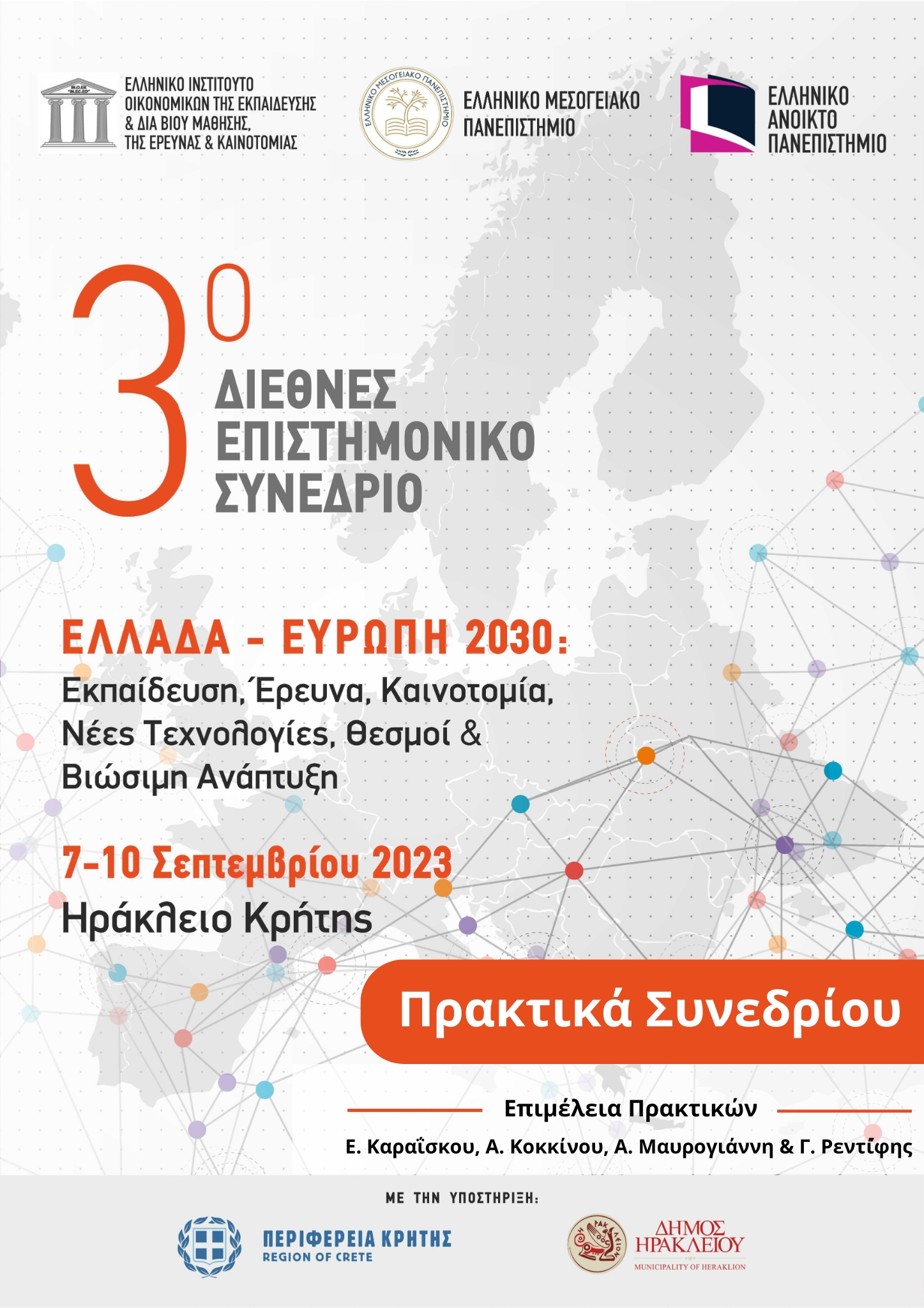Μέτρηση της σχετικής Τεχνικής Αποδοτικότητας των Συστημάτων Ανώτατης Εκπαίδευσης των χωρών της Ευρωπαϊκής Ένωσης: Συγκριτική Αξιολόγηση, κατά τη χρονική περίοδο 2016 – 2020

Περίληψη
Η παρούσα ερευνητική εργασία εκτιμά τη σχετική τεχνική αποδοτικότητα των συστημάτων Ανώτατης Εκπαίδευσης (ΑΕ) των χωρών της Ευρωπαϊκής Ένωσης / EE,της Ευρωζώνης / ΕΖ και άλλων επιλεγμένων ομάδων χωρών, κάνοντας χρήση 3 εισροών και 5 εκροών, με Προσανατολισμό τις Εκροές και την υπόθεση των Μεταβλητών Αποδόσεων Κλίμακας, καθώς και των μέσων ρυθμών μεταβολής της, κατά τη χρονική περίοδο 2016-2020. Τα ευρήματα της εμπειρικής ανάλυσης αποκαλύπτουν ότι η μέση επίδοση των συστημάτων ΑΕ των χωρών της ΕΕ ως προς την ΤE-ΟΟ είναι 0,892 με εύρος μεταβολής 0,479 και μέσο ρυθμό μεταβολής0,05 με εύρος μεταβολής 51,30. Η μέση τιμή της ΤΕ-ΟΟ των συστημάτων ΑΕ των χωρών της ΕΖείναι 0,899με εύρος μεταβολής 0,479και μέσο ρυθμό μεταβολής 0,07 με εύρος μεταβολής 51,30. Δηλαδή, τα συστήματα ΑΕ των χωρών της ΕΖ είχαν υψηλότερη μέση επίδοση.
Λεπτομέρειες άρθρου
- Ενότητα
- Εισηγήσεις

Αυτή η εργασία είναι αδειοδοτημένη υπό το CC Αναφορά Δημιουργού 4.0.
Οι συγγραφείς των άρθρων που δημοσιεύονται στα πρακτικά του συνεδρίου για την «Εκπαίδευση, Δια Βίου Μάθηση, Έρευνα και Τεχνολογική Ανάπτυξη, Καινοτομία και Οικονομία»διατηρούν τα δικαιώματα πνευματικής ιδιοκτησίας επί των άρθρων τους. Άρθρα που δημοσιεύονται στα πρακτικά διατίθενται με άδεια Creative Commons 4.0 και σύμφωνα με την άδεια μπορούν να χρησιμοποιούνται ελεύθερα, με αναφορά στο/στη συγγραφέα και στην πρώτη δημοσίευση για μη κερδοσκοπικούς σκοπούς και με δικαίωμα τροποποίησης μόνον με παρόμοια διανομή (αν αναμείξετε, τροποποιήσετε, ή δημιουργήσετε πάνω στο υλικό, πρέπει να διανείμετε τις δικές σας συνεισφορές υπό την ίδια άδεια όπως και το πρωτότυπο)

